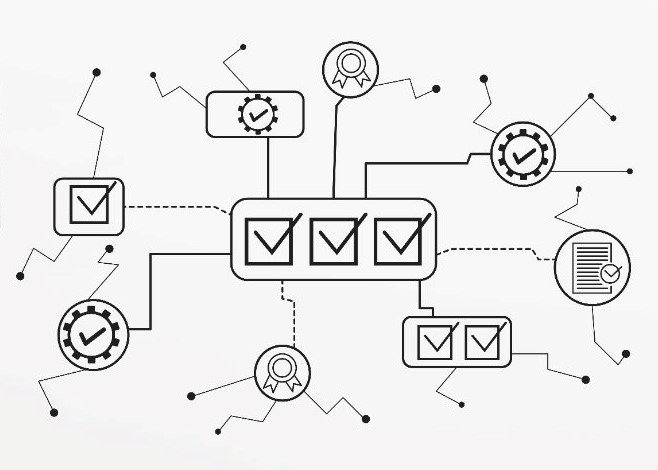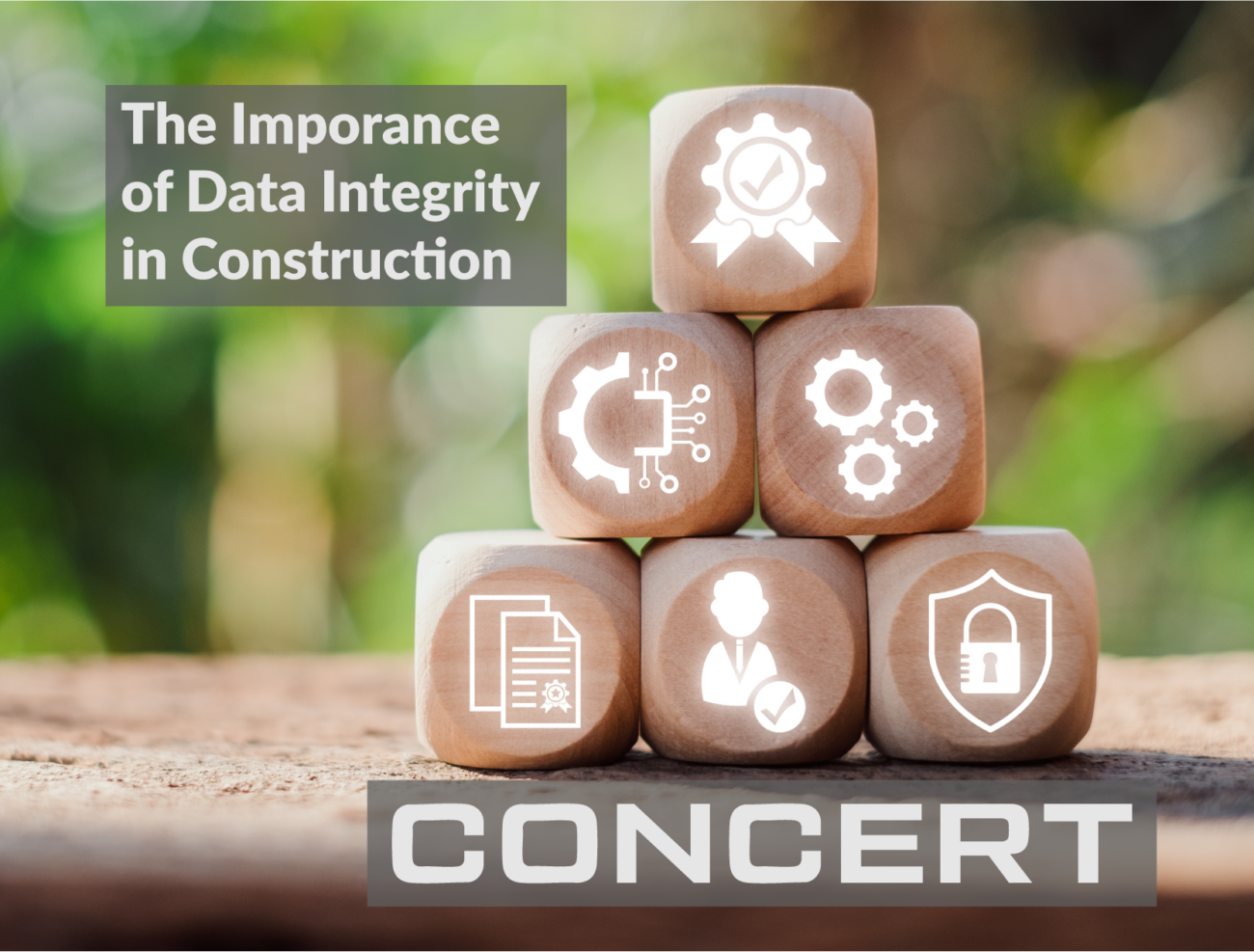by Concert VDC
Tradition! Like Fiddler on the Roof, the means and methods of designing, documenting and constructing a building has a long tradition with paper. As we have discussed module one, Architects now have access to the 2022 AIA Digital Practice Documents as a new arrow in the contract quiver. Architecture firms anticipated this development and look to use it to unlock new opportunities, services, and innovation. The key requires a fresh look at the boilerplate of deliverables and new collaborations as contracts are drafted.
Outcomes for digital project delivery
To begin, it starts with having some perspective of the end. What are the outcomes the project participants want to achieve and why? What about short term goals as well as long term goals? Digital project delivery can bring value at every design and construction phase. Does the project utilize prefabrication? Will cost estimates and clash coordination be analyzed digitally? Will robotics or automations be employed by the contractor? Is the Owner requiring data assets for digital twin at project handover? All of these and more can act as triggers to add digital assets to your schedule of deliverables.
Contractual changes
Established contracts such as the B101 (Owner/Architect) and A101 (Owner/Contractor) will require the addition of two exhibits into the contracts. These are:
- E201-2022 BIM Exhibit for Sharing Models with Project Participants, Where Model Versions May be Enumerated as a Contract Document (with Tier 3 selected)
- G203-2022 BIM Execution Plan (BEP)
These documents are quite clever and, as we discussed earlier, enable the delivery of model portions and other data without the need to provide a complete and ‘perfect’ BIM. With their inclusion in the contract these exhibits now follow the same rules required to make any contract modifications and bind the key project participants to adhere to the same rules and requirements for exchanging data assets.
Process changes
With these exhibits positioned in the front end comes the requirement to document at a very early stage in the project what digital assets will be delivered and what their right-of-reliance will be for the recipient(s). To accomplish this the contract authors will need to bring forward expertise from all project participants including technical building design and BIM management disciplines to advise on the content. Additionally new voices should be considered to accommodate innovation and new applications for data assets.
Advanced Processes and Protocols
Well before the Digital Practice Documents came into view there have been significant resources poured into predicting and defining how digital project delivery should be accomplished. The AIA exhibits neither promote nor obstruct the application of defined protocols for handling and organizing the digital assets but they do acknowledge their value. At a basic level the protocols established in the BIM Execution Plan (G203 – 2022) normalize the “playing field” and creates a new boilerplate for Architects to build upon. There is also an accommodation for a model element table. This provides a protocol for the Level of Development (LOD) for each model system. Surprisingly the AIA has even provided their own model element table for the purposes of establishing a baseline to help architects adjust their fees when project requirements mandate a model element be rendered at a higher or lower LOD. At the advanced level project teams can now incorporate highly developed processes such as ISO 19650 which provides both a framework and a means of identifying and conveying data from the work-in-progress phase, through sharing and approvals to a publication phase for construction. The AIA documents will remain complementary to these protocols and provide the necessary information to define the schedule, use, and right-of-reliance for the data.
Tools for Trust
In this new era of digital project delivery the responsible management of your data assets will be more critical than ever. Data delivered as a contract document means it requires the same standard of care as a paper contract document. However, because shared data is easy to modify, firms will require new tools that can maintain the legitimacy and authenticity of the original data assets. Otherwise claims between project participants will be difficult to resolve without a single source of truth pointing to the original data.
Concert was purpose-built to be the unequivocal source of truth for a project. Our unique data sharing, authorization, and authentication services instill trust and accountability for all project participants. Our Blockchain backbone protects your data and intellectual property using the latest in Web3 technology because your data is valuable. Concert is the only tool in the market that meets the requirements to exchange reliable design data from design through construction through final handover.
Visit us at www.concertvdc.com and follow us on LinkedIn.





